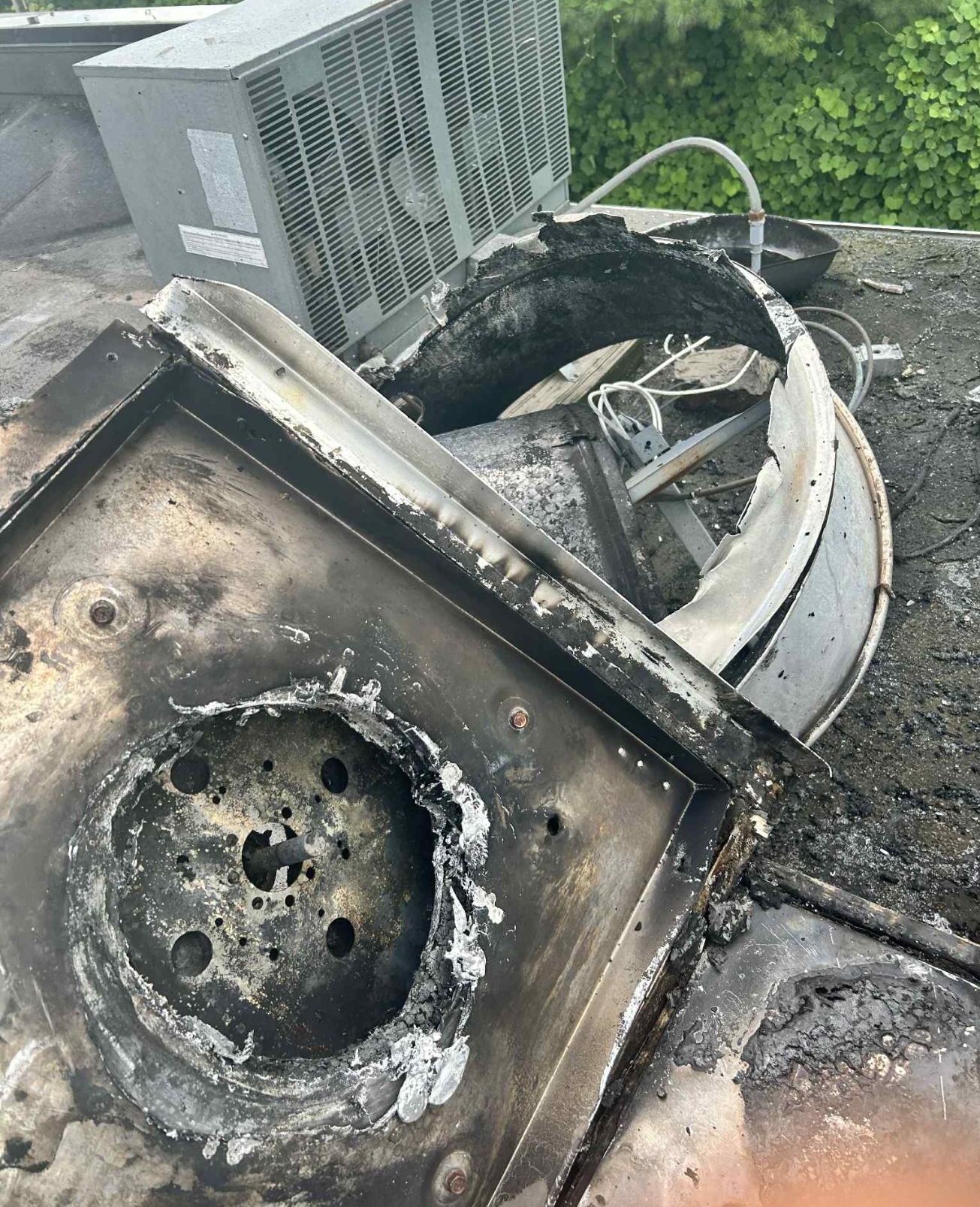Remembering Lynn meadow’s past as it gets restored
Published 10:35 pm Thursday, March 26, 2015
By Garland O. Goodwin
The meadow on the Southeast side of Hwy. 108 between the Lynn bridge and Rippy Rd. is being cleared of trees and other plant life that had volunteered over the years. The meadow is not nearly as large as it was when I was a boy.
The road now by-passes Lynn stores and covers a good portion of the former meadow after crossing the Pacolet River on a new bridge. The concrete abutments for the old bridge may still be seen downstream of the new one. The old road may also be seen behind the present post office building and in front of Mimosa Inn. I must also mention the now very attractive Pacolet River banks upstream of the new bridge.
There was a sharp turn onto the bridge when coming from Tryon, and it could not be negotiated at more than 20 or 25 mph. I think there was no speed limit then other than the “standard” 55 mph for open country. Many cars therefore hit the concrete bridge railing (usually at night) and carried part of it into the river with them.
There was a mill pond there then, so that only a part of the submerged car was visible above the water. By the time the bridge was replaced, the first half of the railing was in the river, thus opening the way for subsequent cars to dive right in.
The meadow was owned by the cotton mill (now Grover Industries), according to Clarence Henson. Employees of the mill could pasture their cattle in it. There was a path across it from a pedestrian bridge over Skyuka Creek to a crude stairway on the bank at the highway end. The path was well-worn because it was a great shortcut to downtown Lynn.
On the Southeast side of the road (then Hwy. 108, now Story Rd.) was a residence, two wood store buildings (one abandoned and another that housed the post office), Story’s brick store, Pacolet Baptist Church (where I sat in the Amen Corner with my grandfather Rippy) and later a brick apartment building. On the other side was a grain mill and on the bank above the road a dwelling and a large wood school building.
Miss Jenny Ballard was the postmaster. She walked across the meadow and would build a fire in winter as soon as she got to work. We waited there, usually inside, for the school bus. Very little heat came through the little windows in the wall separating the post office from the larger remainder of the building where we waited.
I remember saving my nickels and pennies until I had a dollar or two to send off for new Tinkertoy® pieces. I would buy a money order from Miss Jenny, and marvel at her pretty and very legible handwriting as she made it out. She would then tear it out of the tablet, using a metal tool that left an upper limit of value on the edge of the order. She also wrote the name of the recipient on it, so it was ready to go. I also had my order letter written and in a stamped envelope, so I slipped the money order in, sealed it, and put it though the slot in the wall.
A wooden pedestrian bridge over the Pacolet was built later and the school bus stop was moved there. We boys would gather mid span and twist the bridge by rocking it back and forth; I marvel that it did not dump us all into the river. The wood railings were mostly carved away by many active pocket knives before it was removed to build the new bridge.
A woman told me recently that she hated to run the gamut of men loafing on the pedestrian bridge, because they made rude comments about her anatomy as she passed among them.





